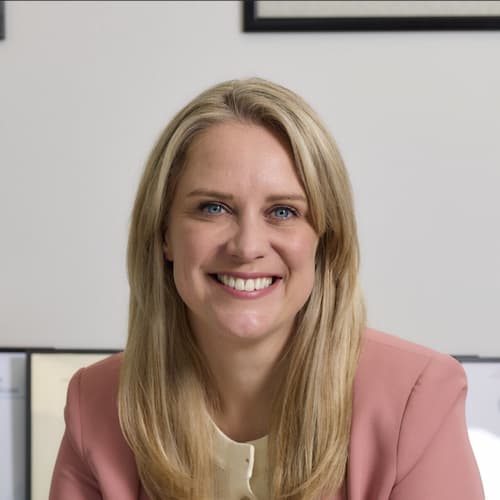
.webp)
If your company is under financial strain and you have an overdrawn director’s loan account, it will be a key focus in any liquidation. This guide explains how it’s treated, the section 455 tax position, repayment and set-off options (including redundancy), how Bounce Back Loan-funded drawings are viewed, and the steps to take before a Creditors’ Voluntary Liquidation (CVL) to limit personal exposure.
A director’s loan account (DLA) records money you take from or pay into the company that isn’t salary, dividends, or expense reimbursement. If your drawings exceed what you’ve put in, the balance becomes overdrawn in effect, you owe the company.
Common causes include taking regular drawings in anticipation of future dividends, withdrawing funds instead of PAYE salary, or covering personal costs from the company bank account. If profits fall or dividends aren’t lawfully declared, the DLA can remain overdrawn and create personal risk.
How an overdrawn director’s loan account is treated in insolvency
In a CVL or administration, the DLA is an asset of the company. An insolvency practitioner (IP) such as Molly Monks of Parker Walsh must review the account and seek repayment for creditors. Expect the liquidator to:
This is separate from wrongful trading or misconduct claims. An overdrawn DLA alone does not mean wrongdoing; however, large or poorly documented drawings, especially close to insolvency, will be scrutinised. If funds were used personally without proper authorisation, the liquidator may also consider misfeasance or transactions at undervalue.
Where a close company (most small companies) makes a loan to a participator (typically a director-shareholder) and it remains outstanding at the period end, the company may be liable to section 455 tax at 33.75% of the outstanding balance. Key points:
In liquidation, any outstanding s455 liability is a company debt. It is not your personal tax. Your personal exposure arises from the DLA itself and any personal tax on benefits or write-offs.
Repayment options and settling with the liquidator
Liquidators must maximise returns for creditors, but they can be pragmatic. Options often include:
If you cannot repay, discuss the position early. Silence usually narrows your options and increases costs.
On liquidation, the Insolvency Rules require mutual set-off between what you owe the company and what the company owes you. This can reduce the DLA balance. Typical items include:
Important nuances:
Bounce Back Loan-funded drawings
Bounce Back Loans (BBLs) are company debts with no personal guarantee. However, using BBL funds for personal drawings increases your DLA and will be reviewed. The liquidator will check:
If BBL money effectively funded personal drawings without proper justification, expect the overdrawn DLA to reflect that, and be prepared to repay or settle. Clear records and a prompt, transparent explanation help avoid escalation.
The earlier you act, the more options you keep. Before starting a CVL, consider:
Common pitfalls to avoid
Key takeaway: An overdrawn director’s loan account is recoverable by the liquidator, and section 455 tax can add complexity. With accurate records, proper set-off, and early engagement, you can often reduce the personal impact. If you’re weighing up a CVL or need help reconciling your DLA, speak to Parker Walsh for clear, confidential guidance tailored to your situation.

I am Molly Monks, a licensed insolvency practitioner at Parker Walsh. I have over 20 years of experience helping directors with the financial struggles they may face. I understand that it can be overwhelming and stressful, so I offer practical straightforward advice, which is also free and confidential. I spend time with directors to get a good understanding of their business and their goals, therefore providing the best tailored advice possible.
Email: molly@parkerwalsh.co.uk
Phone: 0161 546 8143
WhatsApp: 07822 012199
